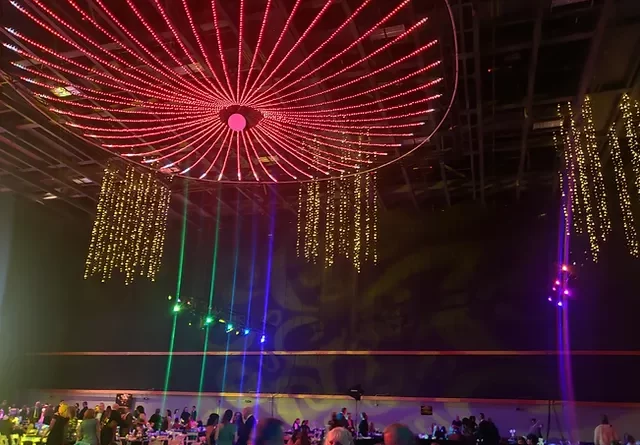Illuminating Design: The Art of Balancing Light and Dark Fonts for Visual Impact
Typography is an art form that extends far beyond mere text – it’s a visual language that communicates emotion, mood, and intention. In this nuanced realm, the interplay between light and dark fonts stands as a powerful design choice. Light fonts exude subtlety and grace, while dark fonts command attention and evoke depth. This exploration delves into the delicate art of balancing light and dark fonts to create visually compelling designs that engage, captivate, and leave a lasting impression.
The Power of Light Fonts: Subtle Elegance
Light fonts are characterized by their delicate strokes, slender forms, and a sense of weightlessness. They possess an inherent elegance that can breathe life into designs without overpowering them. These fonts are often favored when the goal is to convey a sense of sophistication, serenity, or refinement.
- Sophistication: Light fonts exude a refined and upscale aura, making them a popular choice for luxury brands, high-end invitations, and elegant editorial layouts. Their subtlety communicates that less can indeed be more, reflecting an understated sophistication.
- Subtlety: Light fonts can be used to convey subtle messages or add a touch of delicacy to design elements. In cases where the content needs to take center stage, light fonts offer unobtrusive support that complements rather than distracts.
- Minimalism: The clean and airy appearance of light fonts aligns seamlessly with minimalist design principles. Their simplicity contributes to a sense of calm and clarity, enabling viewers to engage with the content without visual clutter.
Harnessing the Authority of Dark Fonts
Dark fonts, on the other hand, are bold and assertive, capturing attention and demanding presence. These fonts wield a sense of authority and depth that can make a powerful statement.
- Contrast and Visibility: Dark fonts create high contrast against lighter backgrounds, enhancing readability and ensuring that the text stands out. This makes them particularly effective for headlines, banners, and other elements that require immediate attention.
- Dramatic Impact: The boldness of dark fonts can lend a touch of drama and intensity to a design. Whether it’s a powerful quote, a striking logo, or a striking call to action, dark fonts have the ability to leave a lasting impact on the viewer.
- Mood and Emotion: Dark fonts can evoke a range of emotions, from seriousness and formality to mystery and intrigue. Their depth and weight can be harnessed to convey the mood and tone that align with the content.
Balancing the Yin and Yang of Design
The harmonious interplay between light and dark fonts lies at the heart of effective design. While light fonts exude elegance and subtlety, dark fonts command attention and convey authority. The challenge for designers is to find the right balance that complements the content and aligns with the intended message.
- Hierarchy: One effective way to balance light and dark fonts is by establishing a clear visual hierarchy. Use dark fonts for headlines, titles, or essential information that requires prominence, while employing light fonts for supporting text or captions.
- Contrast: The contrast between light and dark fonts can create a visual impact. Pairing a light font with a dark background or vice versa can create an engaging visual dynamic that draws the viewer’s eye.
- Consistency: Maintain consistency in font choices throughout the design to ensure coherence. Pairing fonts from the same typeface family or with similar characteristics can create a harmonious visual flow.
Conclusion
Typography is an art of contrasts, where light and dark fonts coexist to create a visually compelling experience. Light fonts bring a sense of grace and sophistication, while dark fonts command attention and convey authority. As designers navigate the delicate interplay between these two forces, they have the opportunity to craft designs that engage, communicate, and resonate. By harnessing the unique qualities of light and dark fonts, designers can create visual narratives that leave a lasting impression on audiences, ensuring that every stroke of the keyboard contributes to a harmonious visual symphony.




